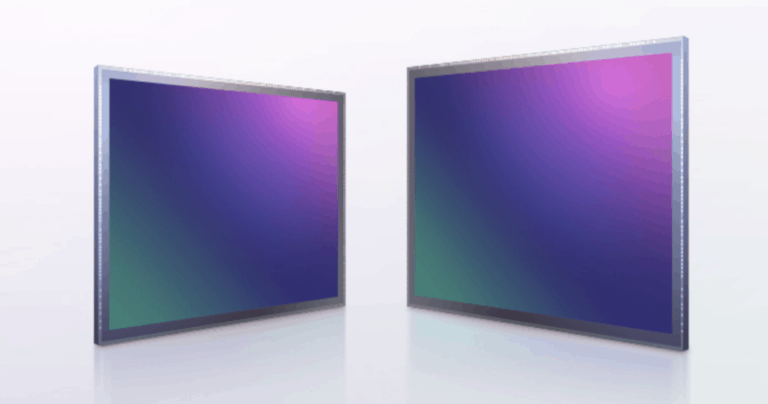Samsung just upped its game after announcing it has made a massive 200-megapixel resolution camera sensor that will likely be included on future Android smartphones to compete with Apple iPhones.
The new powerful sensor is named Isocell HP1 and has capabilities that exceed those of the best cameras available on today’s highest-end smartphones.
The sensor also sets a new record for its pixel tech to make auto-focus and low-light photos appear much clearer. For low-light photography, the Samsung Isocell HP1 uses pixel-binning technology which uses two-by-two, four-by-four, or a full pixel layout, depending on the environment.
How it works
The Isocell HP1 can transform into a 12.5 MP sensor with larger pixels, by merging 16 adjacent pixels into one.
The pixel technique was not used by Apple in the iPhone 12, but several Android phone brands are leveraging its capabilities to improve color in an image from a single pixel. The way it achieves this is by creating a smaller number of pixels that have a much higher quality.
Samsung has used the binning technology in its Galaxy S21 Ultra with its 108 MP sensor. Pixel binning combines data from groups of pixels on the sensor to create a smaller number of high-quality pixels.
What it can do
The technology allows phone makers like Xiaomi, Huawei, and Samsung to use Samsung’s pixel binning technology and boast higher megapixel numbers than DSLR cameras.
In a press release, the company said, “The ISOCELL HP1 can take 8K videos at 30 frames-per-second (fps) with minimum loss in the field of view. The HP1 merges four neighboring pixels to bring the resolution down to 50MP or 8,192 x 6,144 to take 8K (7,680 x 4,320) videos without the need to crop or scale down the full image resolution.’
That’s mighty impressive.
